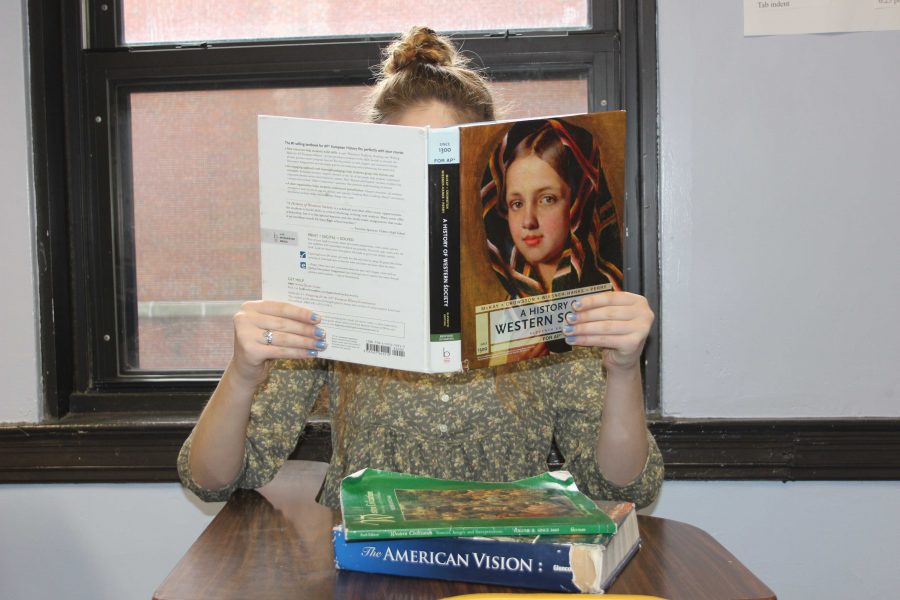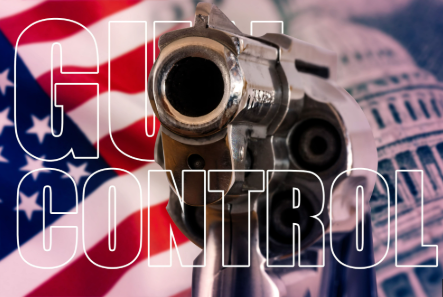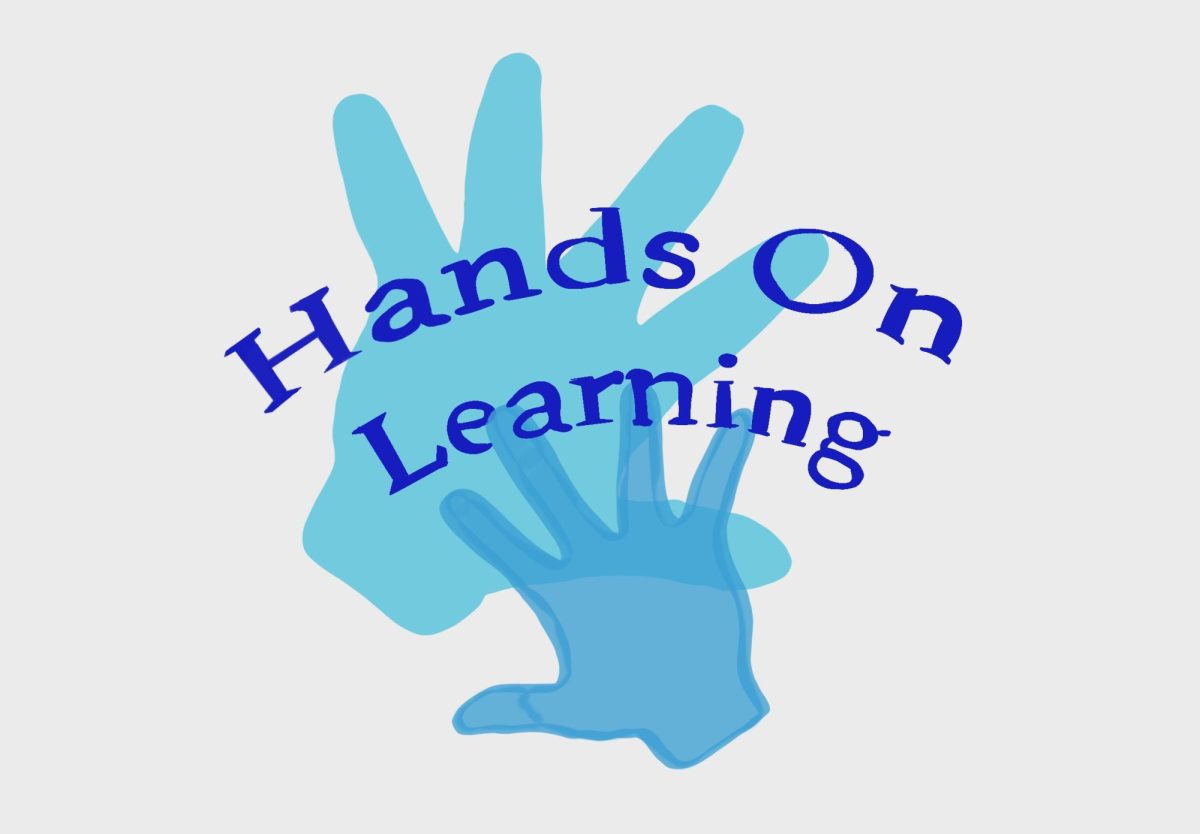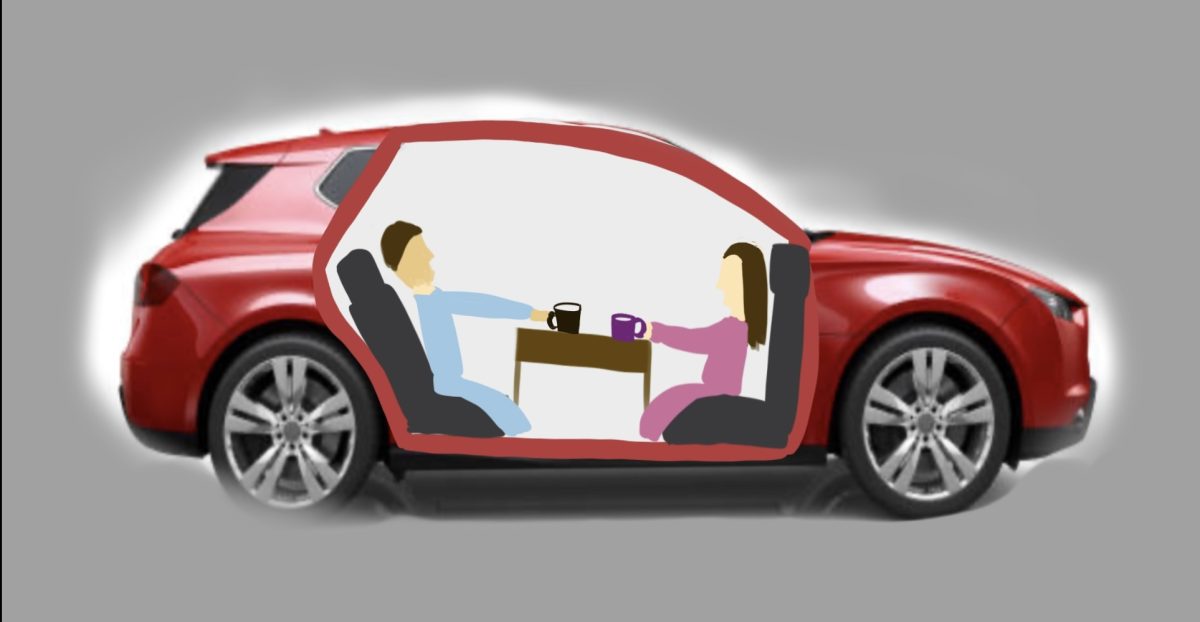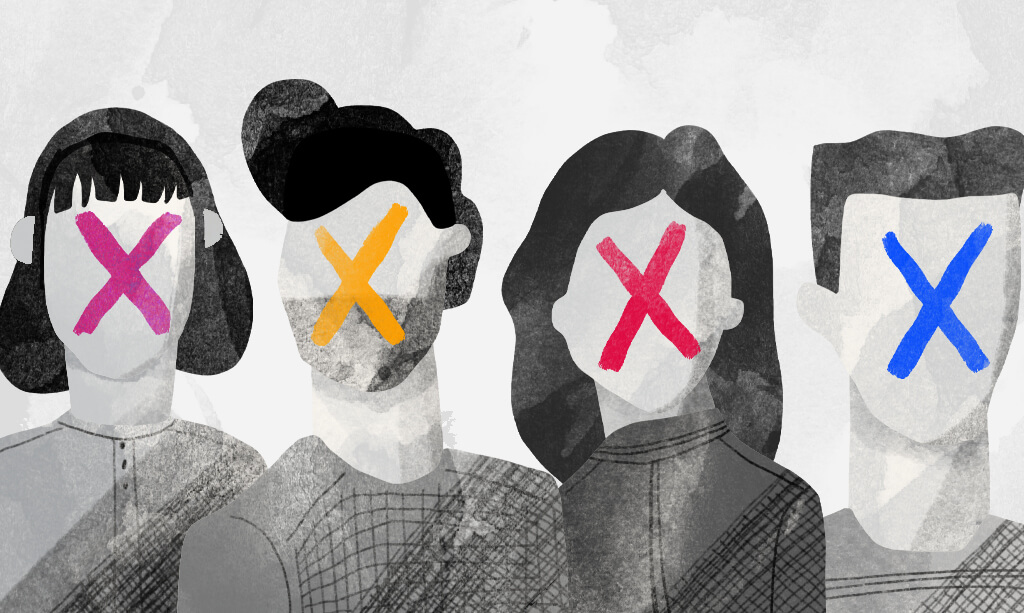Massachusetts is a blue state. Undeniably, historically, repetitively, blue. Since 1928, Massachusetts has only voted Republican for the Presidential Election four times. With rhetoric of fake news and misleading information more prevalent now than ever before, a finger must be pointed at the role Massachusetts schools, including Walpole High School, play in influencing their students. Walpole High School has a liberal bias that shines through its curriculum, and the school needs to teach its students to think critically enough to understand that bias.
The reasons behind a liberal bias in a majorly Democratic state seem obvious. Not only are Massachusetts residents bombarded with a daily dose of propaganda from Democratic sources—everything from campaign advertisements to news channels—but political traditions are easily passed down from an adult population with a Democratic majority to an impressionable, learning youth. A classroom, then, is the perfect tool for indoctrinating today’s youth with the Massachusetts point of view.
The evidence of a liberal bias lies all around Walpole High School. The primary sources analyzed as part of the Advanced Placement European History (AP Euro) curriculum rarely take a conservative stance. “Western Civilization,” the collection of primary source documents students in the AP Euro class use, reflect the social aspect of European History. Many of the documents are accounts from lower classes, women or minority groups. These accounts call for a change to the same structures Democrats traditionally challenge: minimum wage, labor laws and healthcare, for example.
These excerpts are necessary to developing a full understanding of the discussions and movements and stifled voices of European History. But developing critical thinking and acknowledging a point-of-view is a box on the AP Euro exam rubric. Is it wrong, then, to think critically about the very textbook students are taught to take at face value?
The selection of books in the English curriculum wears the same badge of bias. From “Song of Solomon” to “The Sound and the Fury,” every book in the AP English Literature and Composition curriculum this year has had a major theme of racism or gender inequality. While some of the best literature is written about racism and gender inequality and these are topics students need to learn about and read about and understand, the curriculum largely focuses on social issues dealing with oppression. And while the books are of immense literary merit, one cannot help but wonder if the selection looks different in a less Democratic state.
From immigration discussions in the language classes to the texts read in English and history, the curriculums emphasize a liberal way of thinking. Social issues outweigh economic issues and government is seen as the solution to problems. The key to addressing this bias at Walpole High School lies not in eliminating it. The key to fixing it, per se, is in raising an educated youth that recognizes the bias for themselves because a youth that is malleable, a youth that cannot think for themselves, is dangerous. That youth consequently grows into an adult population who is ignorant of its surroundings and unable to protect itself against the wave of misinformation facilitated by technology.
The faculty does not exhibit the same bias as the curriculum. Most teachers refrain from incorporating their personal viewpoints into their teaching. This impartiality makes sense in Walpole, an island of relative conservatism in Massachusetts. But the faculty needs to take a more active role in teaching the recognition of bias. Students should know why they are learning what they are learning, because a degree of complacency exists in unquestioned curriculums. An education is extremely valuable, and an education that survives the scrutiny of its students is even more valuable.
Walpole High School has the potential to lead its students in developing a deep understanding of the world. A critical, resilient, defensive understanding that will become more and more useful as the abuses of technology and mass media unfold. An understanding that sees the red, the white and the blue.



